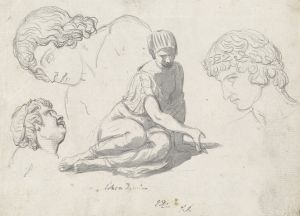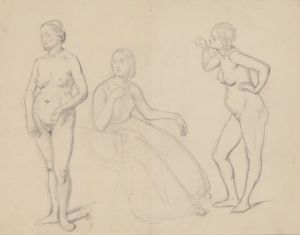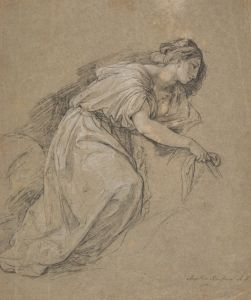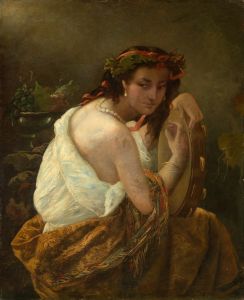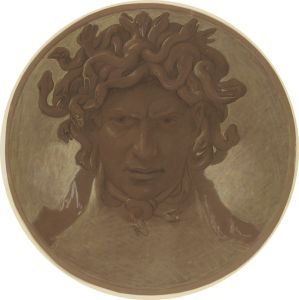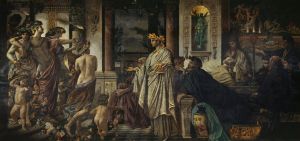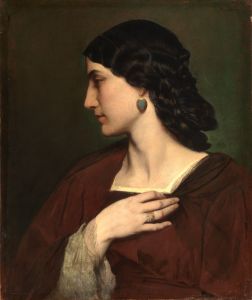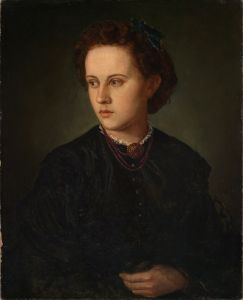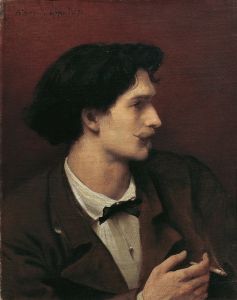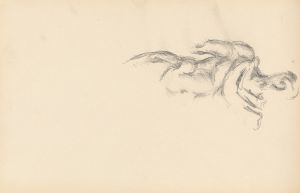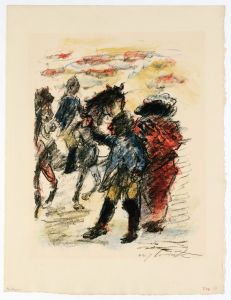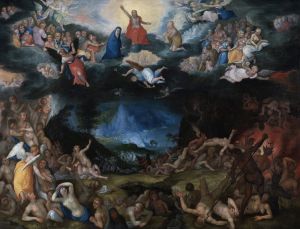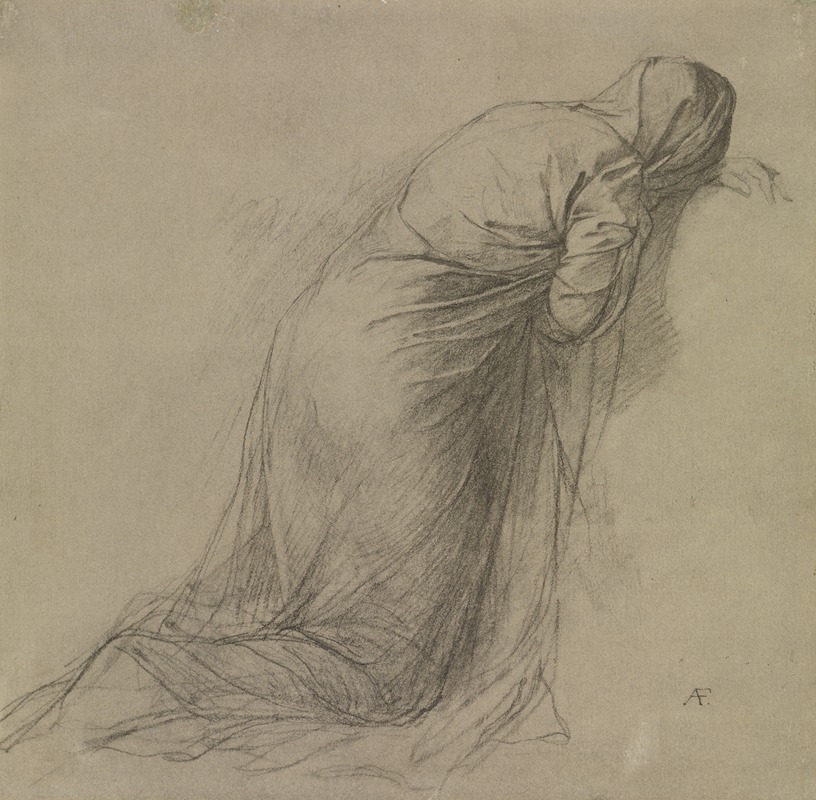
Gewandstudie einer nach rechts knienden verhüllten Frauengestalt
A hand-painted replica of Anselm Feuerbach’s masterpiece Gewandstudie einer nach rechts knienden verhüllten Frauengestalt, meticulously crafted by professional artists to capture the true essence of the original. Each piece is created with museum-quality canvas and rare mineral pigments, carefully painted by experienced artists with delicate brushstrokes and rich, layered colors to perfectly recreate the texture of the original artwork. Unlike machine-printed reproductions, this hand-painted version brings the painting to life, infused with the artist’s emotions and skill in every stroke. Whether for personal collection or home decoration, it instantly elevates the artistic atmosphere of any space.
Anselm Feuerbach's "Gewandstudie einer nach rechts knienden verhüllten Frauengestalt" (translated as "Drapery Study of a Veiled Female Figure Kneeling to the Right") is a preparatory study created by the German painter during the 19th century. Feuerbach, a prominent figure of the German Romantic and Classicist movements, is known for his detailed studies and refined compositions, often inspired by classical antiquity and mythology.
This particular work is a study rather than a finished painting, focusing on the depiction of drapery and the posture of a veiled female figure. The subject is shown kneeling to the right, with her form partially obscured by flowing fabric. The study demonstrates Feuerbach's meticulous attention to the interplay of light and shadow on draped textiles, as well as his ability to convey a sense of movement and grace through the folds of the fabric. Such studies were a common practice for artists of the time, serving as preparatory exercises to refine specific elements for larger, more complex compositions.
Feuerbach's artistic approach was heavily influenced by his education and travels. He studied at prestigious institutions, including the Düsseldorf Academy and the Academy of Fine Arts in Munich, and later spent time in Paris and Italy, where he was deeply inspired by Renaissance and classical art. His works often reflect a synthesis of these influences, combining idealized forms with a Romantic sensibility.
While the exact purpose of this study is not definitively documented, it is consistent with Feuerbach's broader body of work, which frequently featured classical themes and figures. The study may have been intended as part of a larger composition or as an independent exercise in mastering the depiction of drapery and human form.
The medium of the study is likely chalk, pencil, or charcoal on paper, as was typical for such preparatory works during the period. The precise date of its creation is not widely recorded, but it likely falls within Feuerbach's mature period, when he was actively producing studies and paintings that solidified his reputation as one of Germany's leading painters of the 19th century.
"Gewandstudie einer nach rechts knienden verhüllten Frauengestalt" is an example of Feuerbach's dedication to classical ideals and his skill in rendering the human figure with elegance and precision. Today, such studies are valued for their insight into the artist's creative process and his technical expertise.





